Increased Focus on Sustainability
The Wind Turbine Foundation Market is benefiting from a heightened focus on sustainability and environmental responsibility. As nations commit to reducing carbon emissions, the transition to renewable energy sources, particularly wind power, is accelerating. This shift is accompanied by a demand for sustainable construction practices, including the use of eco-friendly materials and methods in foundation design. Market analysis suggests that the integration of sustainable practices in the Wind Turbine Foundation Market could lead to a 20% increase in project approvals over the next decade. Consequently, companies that prioritize sustainability in their foundation solutions are likely to gain a competitive edge, appealing to environmentally conscious investors and stakeholders.
Government Incentives and Subsidies
The Wind Turbine Foundation Market is significantly shaped by government incentives and subsidies aimed at promoting renewable energy projects. Various countries have implemented financial support mechanisms to encourage investments in wind energy infrastructure, including foundation systems. These incentives can take the form of tax credits, grants, or low-interest loans, which lower the financial barriers for developers. Recent reports indicate that regions with robust government support have seen a 30% increase in wind energy installations, directly impacting the demand for foundation solutions. As such, the presence of favorable policy frameworks is likely to stimulate growth in the Wind Turbine Foundation Market, attracting both domestic and international investments.
Growing Demand for Offshore Wind Farms
The Wind Turbine Foundation Market is significantly influenced by the rising demand for offshore wind farms. As countries seek to harness wind energy from coastal areas, the need for robust and reliable foundation systems becomes paramount. Offshore installations often require specialized foundations, such as monopiles and jackets, which are designed to withstand harsh marine conditions. Recent data indicates that offshore wind capacity is expected to double by 2030, further propelling the Wind Turbine Foundation Market. This surge in offshore projects necessitates innovative foundation solutions, thereby creating opportunities for manufacturers to develop tailored products that meet specific site conditions and regulatory requirements.
Technological Innovations in Materials
The Wind Turbine Foundation Market is experiencing a notable shift due to advancements in materials science. Innovations such as high-strength concrete and composite materials are enhancing the durability and load-bearing capacity of foundations. These materials not only reduce the overall weight of the structures but also improve resistance to environmental factors, thereby extending the lifespan of wind turbine installations. As a result, the adoption of these advanced materials is likely to drive growth in the Wind Turbine Foundation Market, with projections indicating a potential increase in market size by approximately 15% over the next five years. This trend suggests that manufacturers are increasingly prioritizing research and development to optimize foundation designs, which could lead to more efficient and cost-effective solutions.
Rising Energy Needs and Electrification
The Wind Turbine Foundation Market is poised for growth due to the rising energy needs driven by urbanization and electrification trends. As populations grow and economies develop, the demand for clean and reliable energy sources intensifies. Wind energy, recognized for its potential to meet these needs sustainably, is increasingly being integrated into national energy strategies. Projections indicate that global wind energy capacity could reach 1,200 GW by 2025, necessitating a corresponding increase in foundation installations. This surge in demand for wind energy infrastructure is likely to create substantial opportunities within the Wind Turbine Foundation Market, as developers seek efficient and resilient foundation solutions to support new projects.


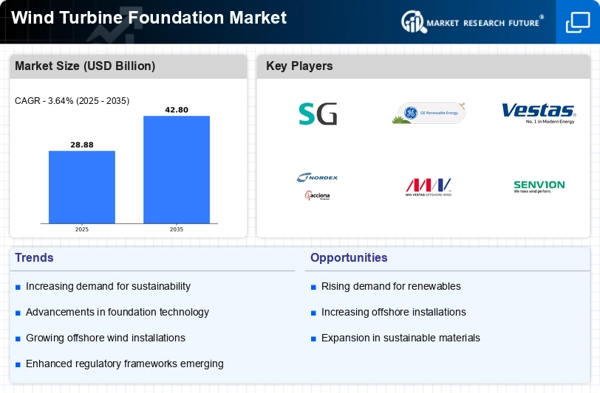
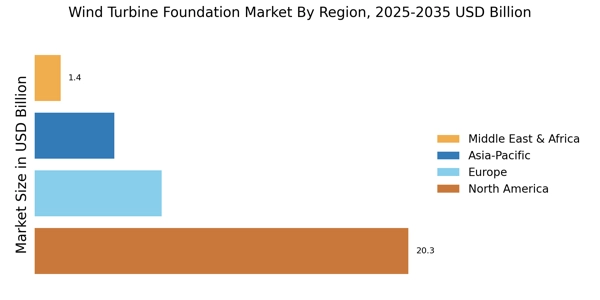


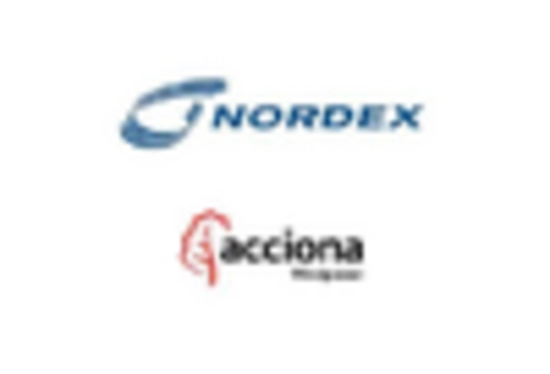
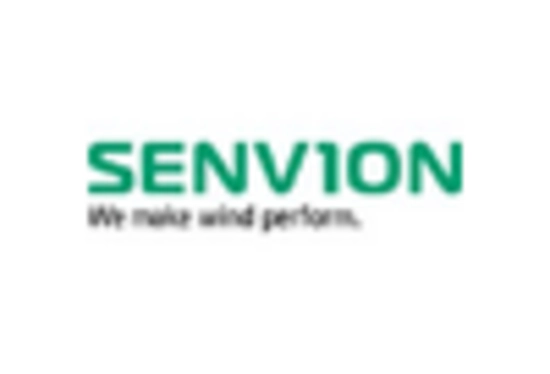

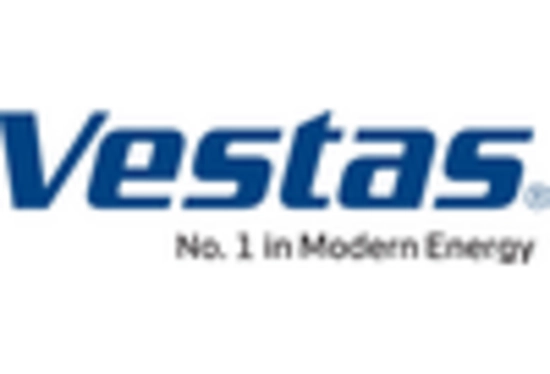








Leave a Comment